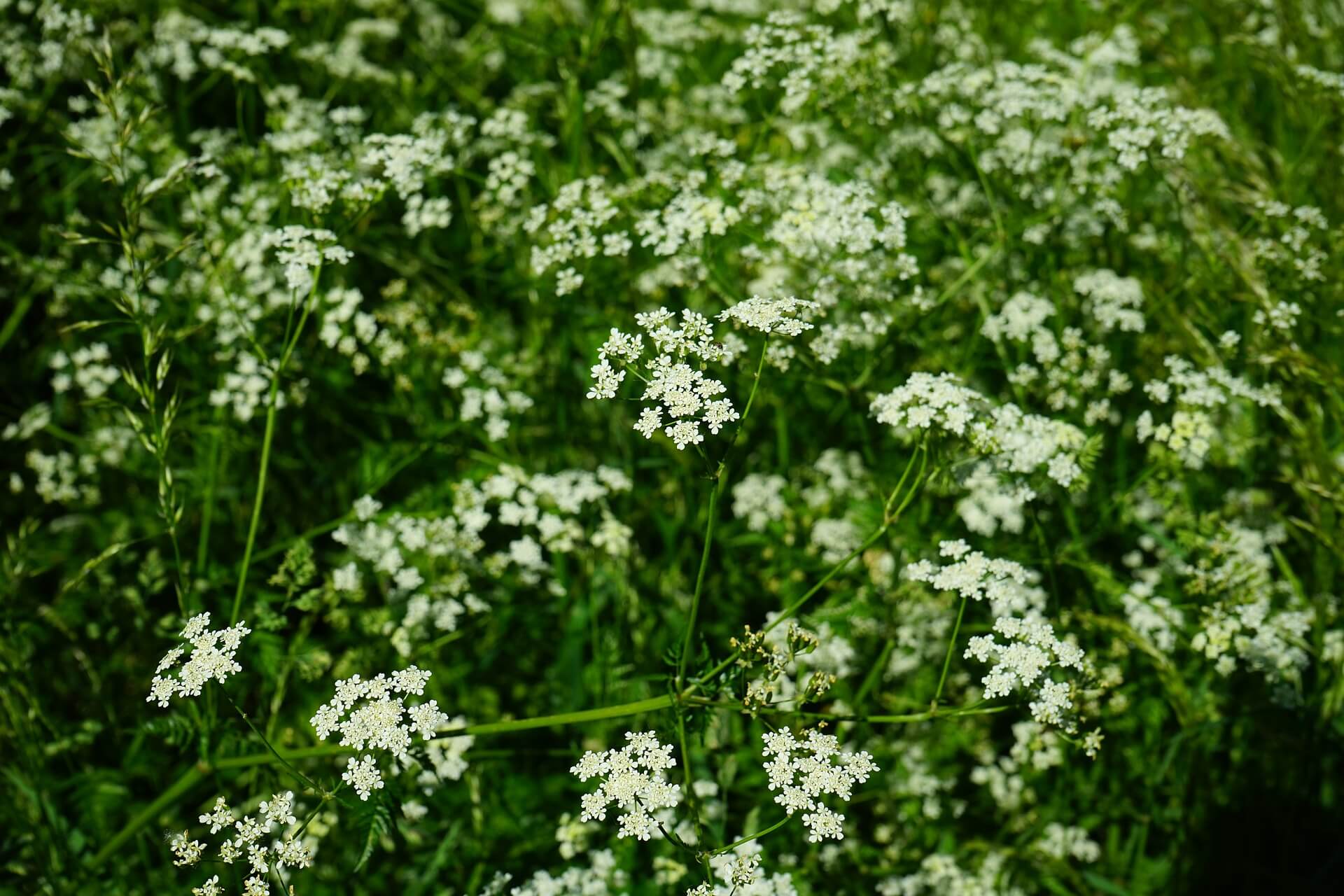You may have heard of laburnum and some of the horror stories that surround this infamous tree. It’s been common in back gardens and schoolyards for decades, so can it really be that bad? We set out to investigate what makes laburnum so feared, how deadly it really is and whether we need to get out those chainsaws or not.
Shop our affordable laburnum trees online and find the perfect yellow-flowered tree for your garden.
What is laburnum?
Laburnum trees are deciduous and native to southern Europe. There are two kinds – common laburnum (Laburnum anagyroides) and alpine laburnum (Laburnum alpinum). The trees have beautiful hanging yellow flowers in spring, which gives rise to their nickname ‘the golden chain tree’. The fruit develops into a dangling pod and its wood has historically been used in carpentry, including bagpipes at one stage. Laburnum are often planted as ornamental trees in gardens and parks, which is a significant factor in their notoriety.

How is it poisonous?
All parts of the common laburnum are poisonous – the bark, roots, leaves and especially the seed pods. They contain the alkaloid toxin cytisine. Consumption of this can cause headaches, nausea, vomiting, frothing at the mouth, convulsions and even death through paralysis.
The laburnum hysteria
It’s because these ornamental trees were often planted around gardens and school playgrounds that they started to cause panic. Children would play with and eat the seed pods, which look similar to regular peas. Many kids started to get sick as a result and in the 1970s, 3000 hospital admissions a year were put down to laburnum poisoning. But many of these were reactionary and the children’s stomachs were pumped before they could even be tested for poisoning or symptoms begin to show.
As recently as 2007, children were taken to hospital after a primary school playground was extended into an area with overhanging laburnum branches. Fifteen children had to be admitted after they were caught playing with the seed pods.

Many parents have cut down laburnums in their gardens as a result of nationwide hysteria since the 70s and there is a deep-rooted suspicion of these trees.
How to deal with laburnum
But do we need to reach for an axe at the first sign of a chain tree? Many experts say this is an overreaction (and we often leave many more poisonous plants in their wake). If you’re worried about young children around laburnum, it’s best to chop off the lower branches so the kids can’t reach any dangling seed pods. You could also erect a fence around the base of the tree to keep stray hands at bay.
Other poisonous plants to watch out for
Laburnum may not be the only potential killer lurking in your back garden. Keep an eye out for these fatal flora:
- Yew is one of the most poisonous common garden trees. Animals get sick if they chew the bark, yet all parts of the tree are poisonous. Dead branches are supposedly even more toxic.
- Deadly nightshade is perhaps the most infamous perennial. It was introduced by the Romans and actually used cosmetically for its toxic effect that makes the pupils dilate.
- Hemlock is an extremely poisonous flowering plant often found near streams and unkempt areas. Eating just six fresh leaves can result in fatal paralysis. Hemlock has even been used to administer the death penalty, killing Socrates.

How worried should we be?
It’s easy to get caught up in the panic around toxic trees like laburnum. But the reality is this plant is very rarely fatal. Of course it’s worth taking precautions if you have young children around and are worried about them taking a fancy to the poisonous seed pods. For everyone else, these trees offer little chance of harm, but plenty of beauty.